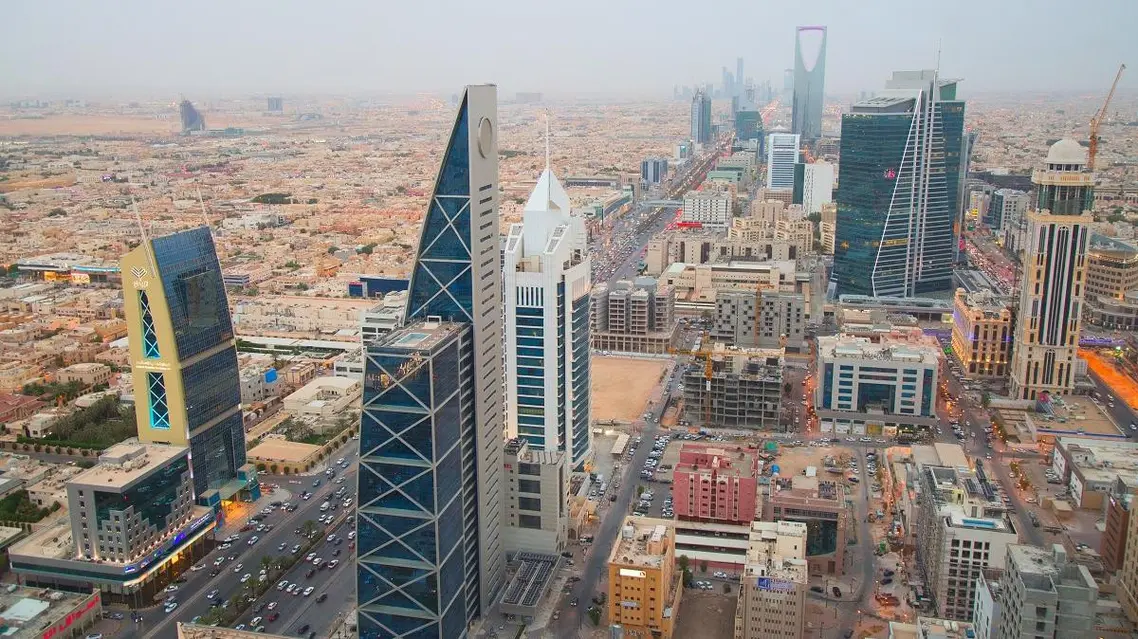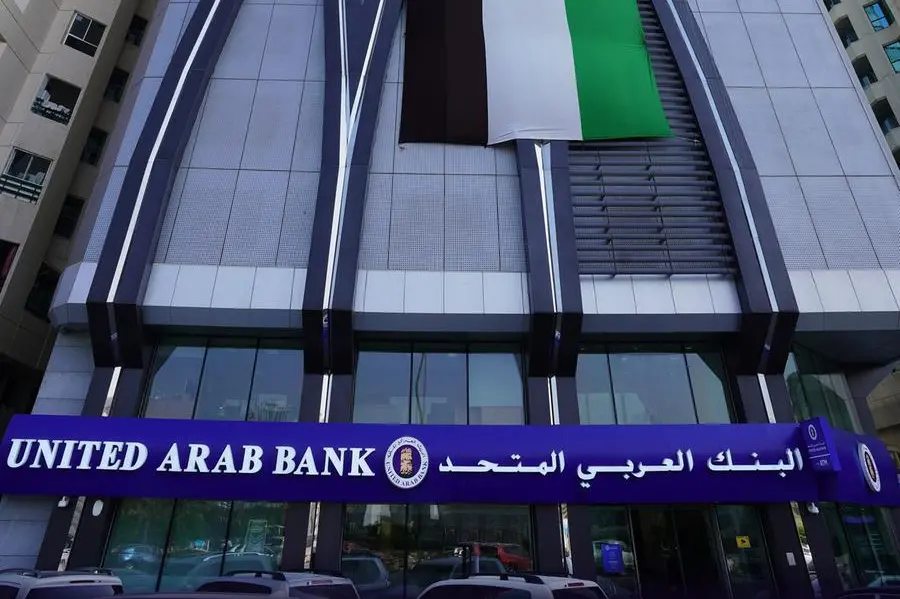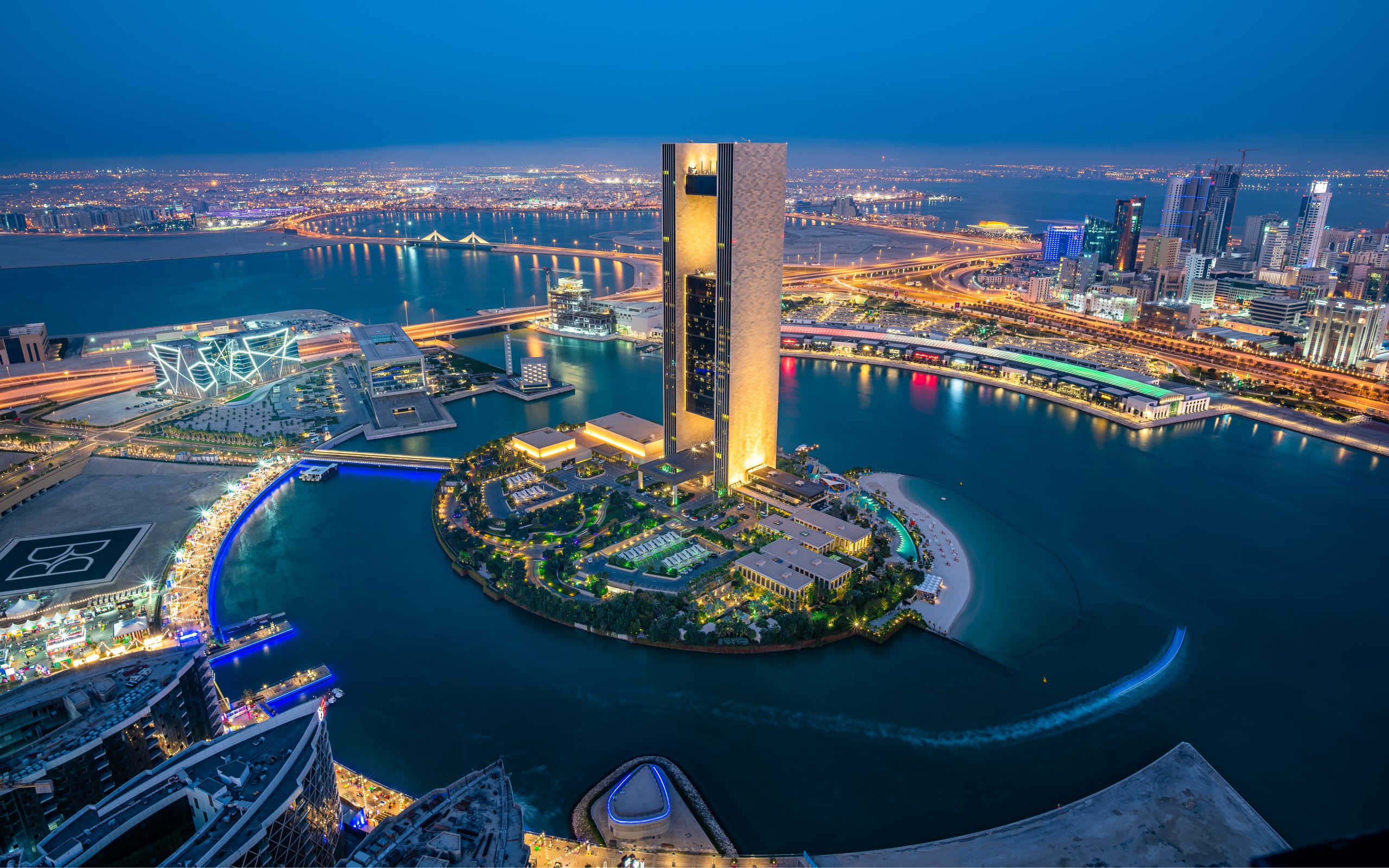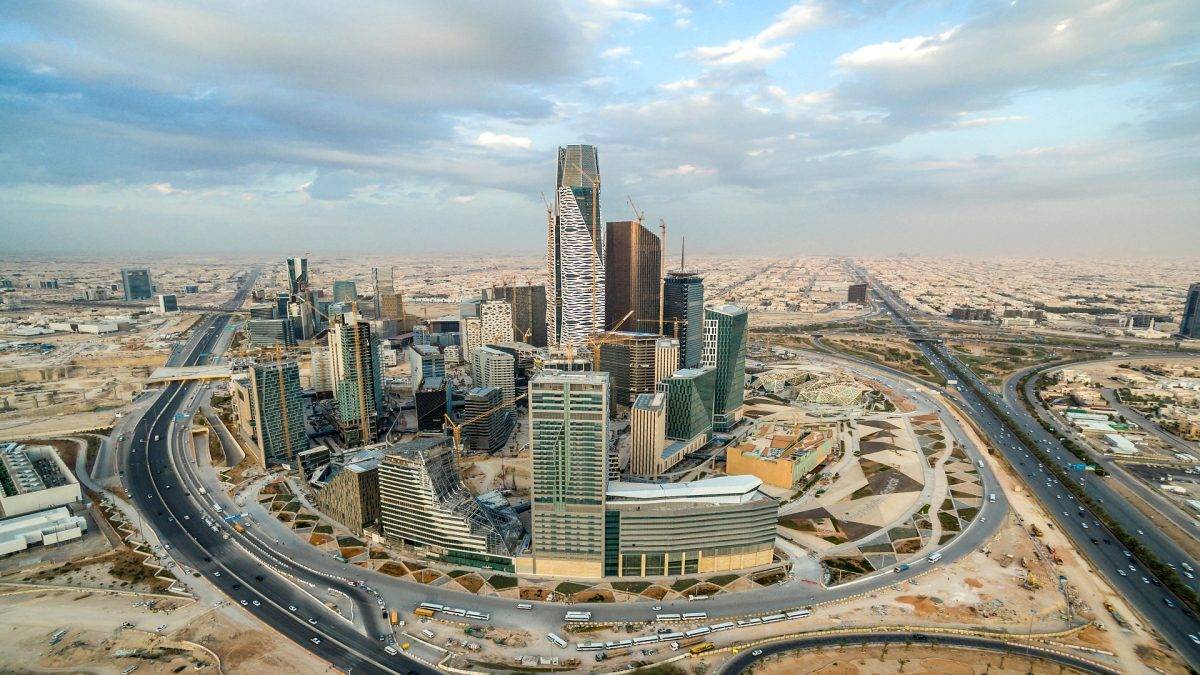Saudi Arabia’s Economic Shift: Beyond Oil to Sustainable Growth
Saudi Arabia has historically depended on oil for its economic growth and development. But in recent years, the Kingdom has shifted towards diversifying its economy to reduce reliance on oil and better manage economic risks.
By 2023, Saudi Arabia achieved a landmark by having non-oil sectors contribute to 50% of its gross domestic product. This milestone underscores the success of its economic diversification efforts.
Non-oil GDP encompasses outputs from industries like agriculture, tourism, manufacturing, technology, and telecommunications. This diversification is vital as oil prices can be unpredictable, potentially destabilizing the economy. By expanding non-oil sectors, Saudi Arabia aims to insulate its economy from global oil price swings, benefiting from the relative price stability of non-oil commodities.
The country’s move towards a non-oil economy is supported by policies that aid micro, small, and medium-sized enterprises (SMEs), and the National Investment Strategy. Schemes such as the Kafala Program facilitate government backing for SMEs, enhancing the non-oil economy. The National Investment Strategy promotes innovation, private sector growth, and targets key industries, reflecting Saudi Arabia’s dedication to economic diversification.
The diversification strategy offers several benefits, including a buffer against oil price volatility, more local job opportunities, and bolstered economic growth and sustainability. Reducing oil dependency decreases vulnerability to global oil market disruptions, such as renewable energy advances or global crises like pandemics.
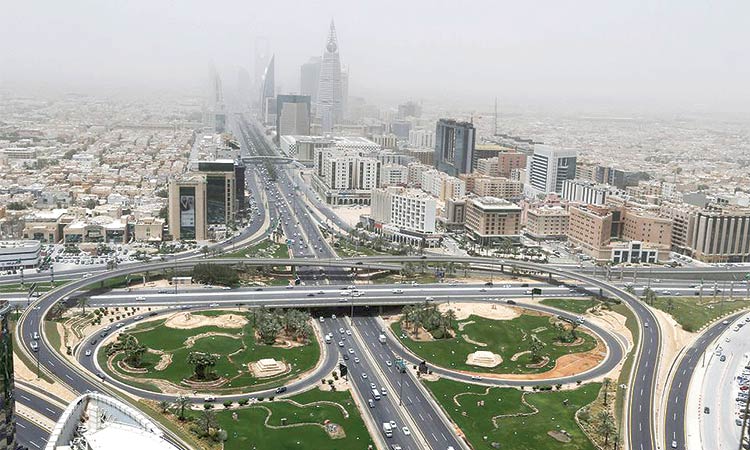
Moreover, diversification increases local employment as new industries create demand for labor, contributing to economic stability and private sector enhancement. However, attracting foreign investment remains a challenge in achieving the scale of investment necessary for comprehensive economic diversification.
Diversification also supports sustainable economic growth by broadening export varieties and promoting income growth per capita. For instance, in 2022, Saudi Arabia’s focus on non-oil sectors led to a record $84.4 billion in non-oil exports, with the manufacturing and services sectors expanding by 15%.
Efforts to attract foreign investors include initiatives like the Saudi privatization program, which aims to increase private sector participation in the economy and improve efficiency. For example, Saudi Arabia has identified 140 projects, including four major airports, open for private investment under its privatization and economic diversification strategies.
Looking ahead, Saudi Arabia is likely to continue enhancing government spending to support non-oil GDP growth and implement social and cultural reforms under Vision 2030. The Saudi Public Investment Fund plans to launch IPOs, bond sales, and equity offerings to fund these diversification efforts.
Additionally, Saudi Arabia is reforming its social and cultural landscape to create a more investor-friendly environment. Significant reforms include reopening cinemas, lifting the ban on women driving, eliminating male guardianship, and allowing gender mixing, which are crucial for fostering a welcoming setting for foreign investors.
In conclusion, Saudi Arabia’s strategic shift from an oil-centric to a diversified economy not only minimizes its vulnerability to global oil fluctuations but also promotes economic growth, sustainability, and job creation. This model of economic diversification may serve as a valuable example for other nations seeking to reduce their reliance on oil.
Chris Dixon, a partner who led the charge, says he has a ‘very long-term horizon’
Americans now think they need at least $1.25 million for retirement, a 20% increase from a year ago, according to a survey by Northwestern Mutual
Total income was higher by 10% year-on-year (YoY) at AED 300 million in the six-month period
United Arab Bank PJSC (UAB or “the Bank”) has announced its financial results for the six months ended 30th June 2024. UAB reported a net profit before tax of AED 152 million for H1 2024, a 26% increase compared to AED 121 million for H1 2023. The net profit after tax for H1 2024 stood at AED 139 million, up 15% from AED 121 million in the same period last year. Earnings per share rose to AED 0.07 in H1 2024 from AED 0.06 in H1 2023.
Total income increased by 10% year-on-year to AED 300 million for H1 2024, compared to AED 273 million for H1 2023, driven by a 26% increase in net interest income. The Bank’s capital position remains strong with a CET1 ratio of 13% and a total capital adequacy ratio (CAR) of 18%.
UAB‘s liquidity profile is robust, with advances to stable resources ratio of 75% and an eligible liquid asset ratio of 19%, both comfortably above regulatory thresholds. The Bank’s credit ratings were affirmed by Fitch and Moody’s at BBB+/Ba1, with stable and positive outlooks respectively.
UAB’s performance in the first half of 2024 demonstrates significant growth in total assets, increasing by 12% compared to December 2023, and reflects a strategic focus on quality and farsighted risk management. These results indicate that the Bank is well-positioned to continue its growth trajectory.
Commenting on the Bank’s performance, H.H. Sheikh Mohammed bin Faisal bin Sultan Al Qassimi, Chairman of the Board of Directors of United Arab Bank, said: “UAB’s strong performance in the first half of 2024 reflects the successful implementation of our growth strategy and reinforces our commitment to delivering sustainable value to our shareholders. We are confident that our prudent business model shall continue to deliver a solid performance and deal with the opportunities and challenges that will present themselves.”
He added: “As we move ahead into the second half of the year, we remain committed to enhancing our customers’ banking experience and contributing to the growth and prosperity of the UAE’s economy.
Shirish Bhide, Chief Executive Officer of United Arab Bank, commented: Our customer-centric approach and sustainable growth model has led to a 15% increase in net profit and a 12% growth in total assets. Our positive performance is a testament to the successful execution of our strategic priorities and clear evidence of the success of the many initiatives that have been implemented at the Bank. Going forward, we will continue investing in our growth strategy and digital capabilities, while equally focusing on developing innovative products and services that meet our customers aspirations whilst upholding the highest standards of compliance and internal controls.”
Chris Dixon, a partner who led the charge, says he has a ‘very long-term horizon’
Americans now think they need at least $1.25 million for retirement, a 20% increase from a year ago, according to a survey by Northwestern Mutual









